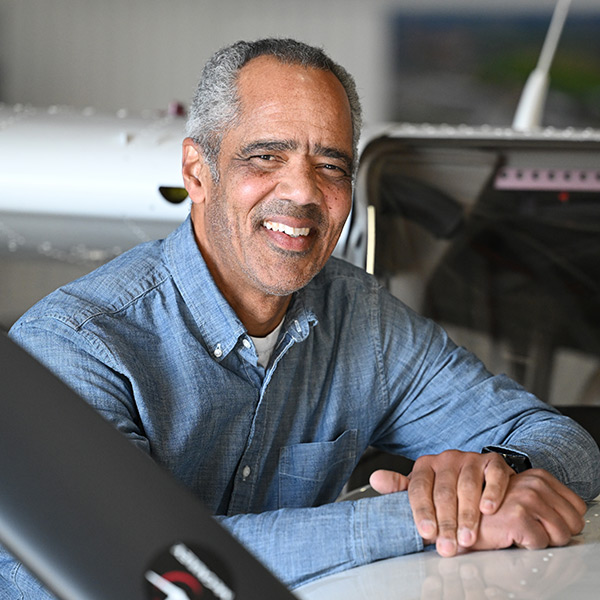City council vote boosts outlook at Washington airport
Century-old field in Colville lined up for runway extension, further development
The future of Colville Municipal Airport has brightened following the Colville, Washington, City Council’s recent approval of a 10-year airport layout plan (ALP) that includes acquiring land, lengthening the runway, and building more hangars. Grants from the FAA and the Washington State Department of Transportation, and local funds from the city, will likely fund the work.
In July 2023, the city began working on a plan to update the ALP to make the airport more attractive to pilots and operators, and increase its overall utility. At the urging of longtime AOPA member Minard Thompson Jr. and his wife, Janice, AOPA Northwest Mountain Regional Manager Brad Schuster became involved in efforts to organize members associated with the airport to support the plan.
Since its first use as a basic turf landing strip in 1924, the Colville airport has gone through several development phases including grading of runways, fencing, lighting, and paving. During the 1960s the FAA denied the city’s request for funding to lengthen the runway to 5,200 feet, which would require the relocation of a highway. Today, the airport’s single runway remains at 2,700 feet, which limits the field’s economic potential as well as its ability to support larger fire attack aircraft.
According to the most recent aviation economic impact study by the state, the airport generates about $288,000 of annual total economic impact.
“Imagine the economic dividends and jobs that expanded airport capabilities would enable with another 1,000+ feet of runway as recommended by Runway Alternative 3! Lengthening the runway would undoubtedly improve safety, operational capabilities, and adaptability to evolving aviation demands,” Schuster wrote. “Importantly, this extension would not enable commercial airline operations"—a concern many community members expressed during the ALP development process. “Moreover, a longer runway would enhance critical services, particularly aerial firefighting. Larger firefighting aircraft could operate from 63S, ensuring faster response, increased fuel throughput, and personnel transport to regional wildfire zones.”
In addition to a runway extension, the list of planned airport improvements includes 13 hangars to accommodate the airport’s growth over the next 20 years. Based on industry estimates, hangar rentals and land leases can account for 20 to 40 percent of revenue related to aeronautical activity at general aviation airports. The aircraft associated with added hangar capacity will help the airport become more financially self-sustaining while also generating increased tax revenue for the city, according to Schuster’s letter.




